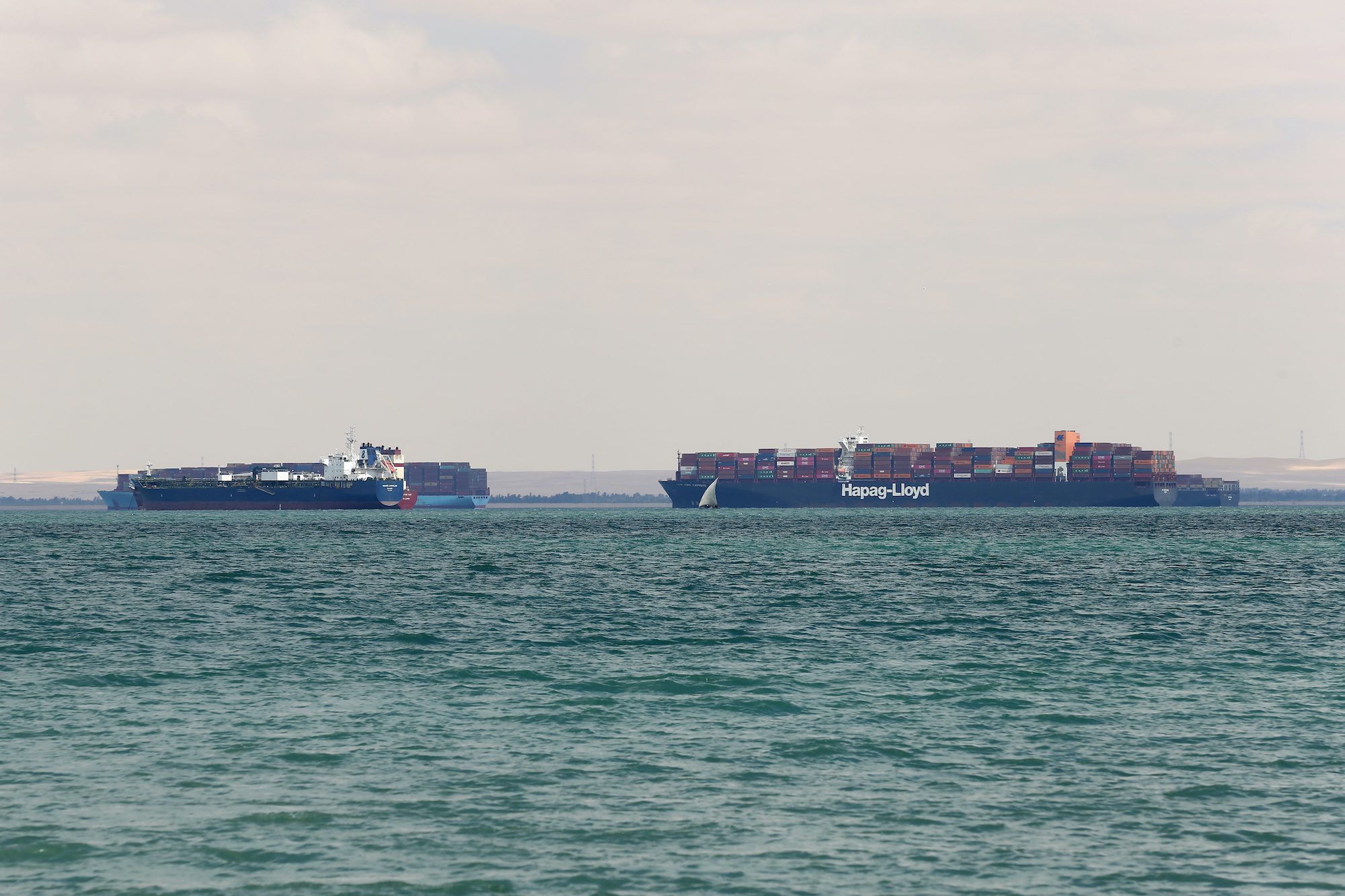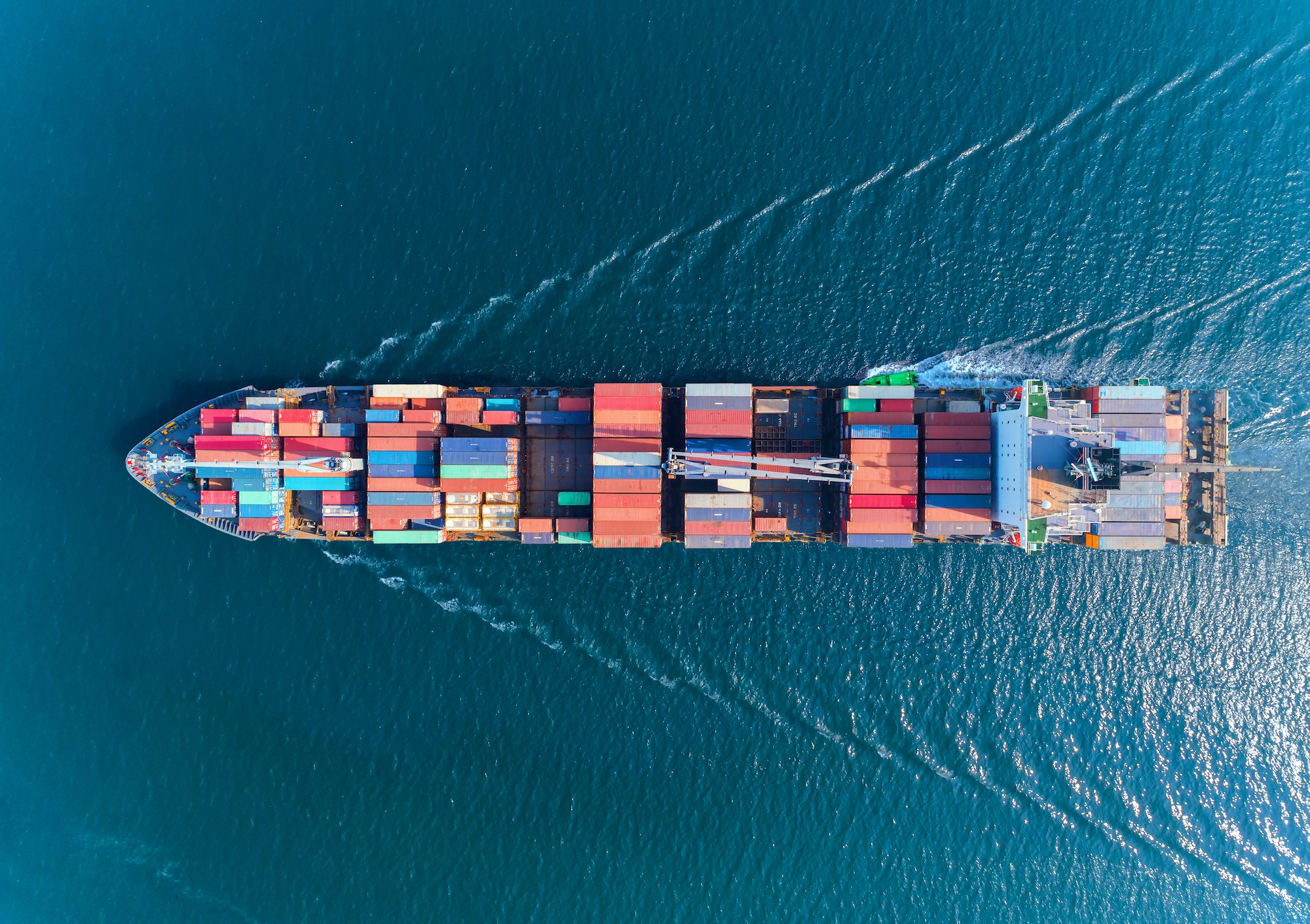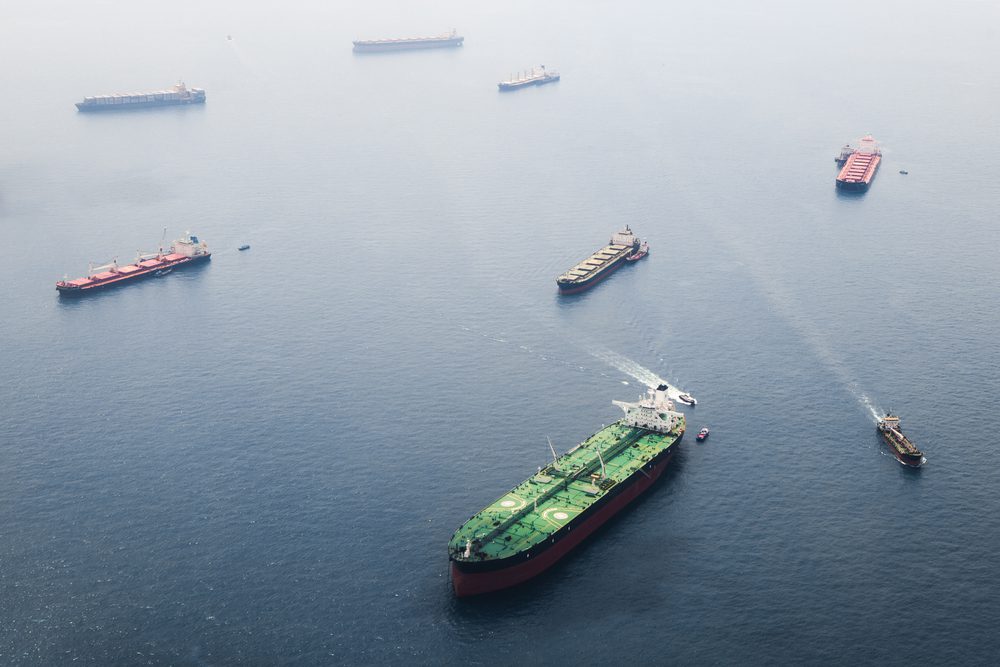By Brendan Murray and Bryce Baschuk (Bloomberg) –
Six thousand miles from the Suez Canal in the U.S. Midwest, the chief executive of a multinational maker of industrial adhesives has one eye on the clogged trade artery and another on the ways to minimize the fallout on his $2.8 billion company.
“It just adds to the ongoing stress in the supply chain” for chemicals, Jim Owens, president and CEO of St. Paul, Minnesota-based H.B. Fuller Co., told Wall Street analysts as salvage crews failed to clear the Egyptian waterway late last week. “Is it going to transform everything in a negative way? No, but it’s an issue that we’re watching very carefully.”
So is the rest of the trade world. Efforts to free the beached Ever Given are nearing a pivotal stage, relying on machines and human engineering but also hoping for a celestial pull. High tides over the next few days offer perhaps the best chance yet to float a steel behemoth that’s four times heavier than the iconic Sydney Harbour Bridge.
For the global economy, hanging in the balance daily is about $10 billion in commodities, industrial inputs and consumer products on ships that ply the canal, with supply-chain fears directed mostly at Asian exporters and European importers. The broader economic costs — small thus far in relation to $18 trillion in global goods trade annually — are compounding with each day the canal remains closed.
“It is a severe blow to the already constrained supply chains that were just recovering from the Covid pandemic,” Rahul Kapoor, vice president of maritime and trade at IHS Global Insight in Singapore, told Bloomberg Television on Friday. “If it goes into weeks, it could turn into what we could call catastrophic.”
Vincent Stamer, an international trade expert at Germany’s Kiel Institute for the World Economy, said the delays thus far will cause economic damages, “but it’s too early to quantify them.”
It’s not too soon for companies to be making other plans. A few container ships and oil tankers are already avoiding the clogged shortcut between the Red Sea and the Mediterranean, and instead detouring around the Cape of Good Hope at the southern tip of Africa. That adds more than a week to the Asia-to-Europe journey and hundreds of thousands of dollars in fuel costs, but it’s a hedge against a potentially even longer delay in transiting through the Suez.
About 350 vessels were waiting on Sunday for the waterway to reopen.
Companies from the Swedish furniture giant Ikea to Illinois-based Caterpillar Inc., the global maker of construction equipment, are among the customers of ocean freight weighing alternative sourcing plans.
In the short term, the added stress on trade will translate into higher transportation costs, tighter supplies, and more delivery delays for producers and purveyors of goods.
Even before the incident that closed the Suez, input costs in the euro area rose at the fastest pace in a decade, while measures of prices paid and charged by U.S. businesses advanced in March to fresh records as shortages of materials and disrupted supply chains sparked inflation concerns.
Over the longer run, it may force a rethinking about the dangers of too much globalization and of supply chains exposed to too much unforeseeable risk.
Overestimating those dangers might be a mistake, though, said Robert Koopman, chief economist of the World Trade Organization in Geneva. He sees the Suez situation as another test that the global economy will battle through in the weeks ahead, but will ultimately pass.
The giant, fully loaded ship is “a great photo op,” he said. “But I wouldn’t get too excited about the daily trade impact.”
Koopman said the canal blockage doesn’t mean global supply chains are at risk of disintegrating — it’s all part of doing business in today’s interconnected global economy. Whether it’s a winter cold snap in Texas that snarls production of petrochemicals, container shortages on Transpacific trade routes, or a fire at a chip-making plant in Japan — disruptions happen all the time, and companies adapt.
‘Real Risks’
“There are real risks out there,” Koopman said in an interview on Friday. “They have to be heard about and paid attention to. I wouldn’t take it as instructive about the risk of over-globalization.”
International trade in goods has been a rare bright spot over the past year, and returned recently to pre-pandemic levels. That’s the danger with the latest supply shock — it could further fatigue already strained networks of ships, ports, trains, trucks and warehouses.
According to a report from Allianz Research, each week of no traffic through the Suez Canal could dent global trade growth by 0.2 to 0.4 percentage point. Even before the Suez incident, supply-chain disruptions since the start of the year might trim 1.4 percentage points from trade growth — about $230 billion of direct impact, Allianz said.
“The problem is that the Suez Canal blockage is the straw that breaks global trade’s back,” Allianz said in the note.
Caught in the turmoil are about 6,200 container ships that carry more than 80% of merchandise trade. Dominated by about a dozen companies based in Europe and Asia, they’re already operating at full capacity and charging record-high rates for the 20- and 40-foot-long boxes they’re struggling to align with global demand.
Diverting shipments around Africa for an extended period would cut about 6% of global container capacity from the market — roughly the equivalent of removing from service 74 ultra-large vessels like the one that burrowed into the banks of the Suez, according to a note late Friday from Copenhagen-based Sea-Intelligence.
“Such an amount of capacity absorption will have a global impact and lead to severe capacity shortages,” Sea-Intelligence CEO Alan Murphy said. “It will impact all trade lanes.”
Just how badly is difficult to say, as the Port of Rotterdam can attest. As last count on Friday, 59 ships caught in the Suez snarl were bound for Europe’s biggest seaport. The vessels might take a week or two to get there, or longer.
And they may come in manageable waves or in bunches that exceed the port’s capacity. The ships’ captains might radio an arrival well in advance, or maybe not.
Ready in Rotterdam
All that fresh uncertainty means “we have a challenge ahead,” said Rotterdam spokesman Leon Willems. “The number of containers they carry will be put on trains, barges and trucks and stored in depots — but these depots are quite full at the moment.”
At Minnesota’s H.B. Fuller, which gets about half its revenue outside the U.S., Feburary’s winter storms in Texas meant the temporary closing of some facilities, though Owens said on a conference call Thursday the company should make up for the lost business “and then some.” Now, staring down the troubles in the Suez, it has a team monitoring “exactly what materials that our suppliers have that might be on those ships,” he said.
“They’re well in the mode of managing those issues and a ship stuck in the Suez is exactly what they are set up to do,” Owens said. “They’ll manage it just fine.”
–With assistance from Alexander Weber.
© 2021 Bloomberg L.P.
Sign up for our newsletter

 Join The Club
Join The Club











